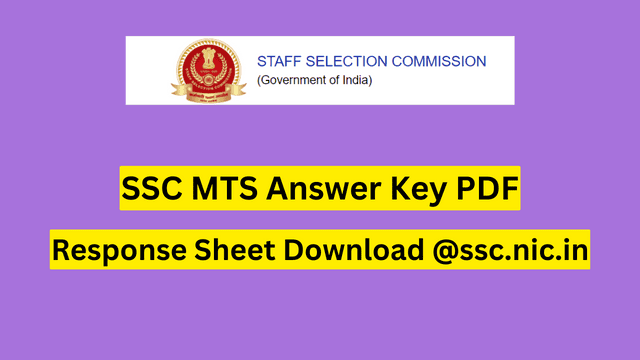Fukrey 3 is a 2023 Indian Hindi-language slapstick comedy film directed by Mrighdeep Singh Lamba and produced by Farhan Akhtar and Ritesh Sidhwani under their banner Excel Entertainment. The film stars Varun Sharma, Pulkit Samrat, Manjot Singh, Richa Chadha, and Pankaj Tripathi. It is the third installment in the Fukrey franchise, following Fukrey (2013) and Fukrey Returns (2017).
In the film, the four friends, Hunny (Samrat), Choocha (Sharma), Lali (Singh), and Pandit (Tripathi), are back to create chaos with their film “Fukrey 3.” However, this time around, they get caught up in a dangerous game involving a water mafia and a don.
The film has been praised for its performances, especially those of Sharma and Tripathi. However, it has also been criticized for its muddled storyline and over-the-top humor.
Overall, Fukrey 3 is a fun and entertaining film, but it is not without its flaws. If you are a fan of the Fukrey franchise, then you will likely enjoy this film. However, if you are new to the franchise, then you may want to start with the first two films.
review of the film:
Performances
The performances in Fukrey 3 are one of the film’s biggest strengths. Varun Sharma is particularly impressive as Choocha. He is able to bring out the character’s innocence and comedic timing perfectly. Pulkit Samrat is also good as Hunny, although his character is less developed in this film than in the previous two films. Manjot Singh and Pankaj Tripathi are also good in their respective roles.
Storyline
The storyline of Fukrey 3 is one of its biggest weaknesses. The film is overstuffed with subplots and characters, and the pacing is uneven. As a result, the film can feel quite cluttered at times.
Humor
The humor in Fukrey 3 is over-the-top and relies heavily on slapstick. While some of the jokes are funny, others fall flat. Additionally, the film’s humor can be quite juvenile at times.
the pros and cons of Fukrey 3:
Pros:
- The film is very funny, with some laugh-out-loud moments.
- The performances are all good, especially from Varun Sharma as Choocha.
- The film has a good energy and is entertaining throughout.
- The music is catchy and fun
Cons:
- The plot is convoluted and difficult to follow.
- The film is not very original and borrows heavily from other comedies.
- The film is a bit too long and could have been trimmed down.
Overall
Overall, Fukrey 3 is a fun and entertaining film, but it is not without its flaws. The performances are good, but the storyline is muddled and the humor is over-the-top. If you are a fan of the Fukrey franchise, then you will likely enjoy this film. However, if you are new to the franchise, then you may want to start with the first two films.
















